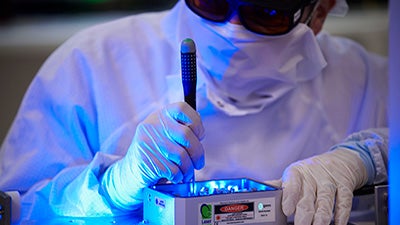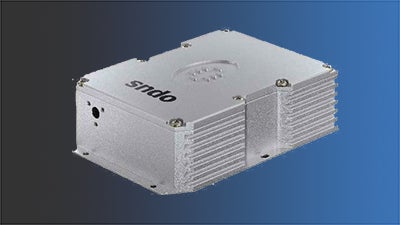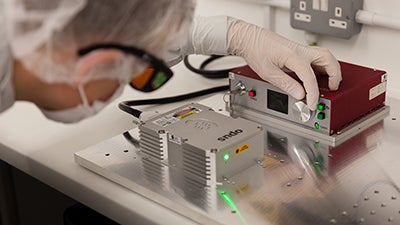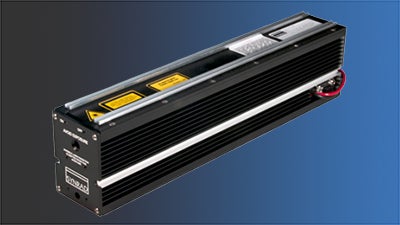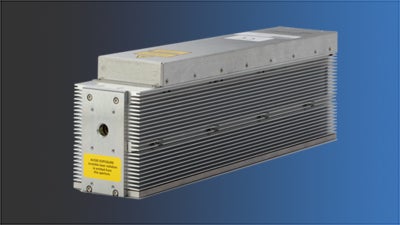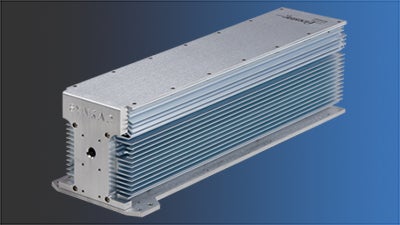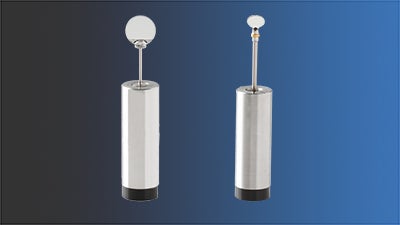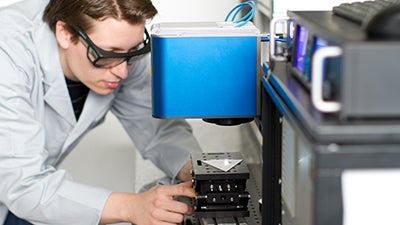Novanta holds a unique position in the photonics industry. It designs and manufactures all the components needed for a laser processing sub-system: beam delivery components, enclosed laser scan heads, controllers, and software.
Novanta’s Laser Quantum brand solid state continuous wave lasers, ultrafast lasers, and Synrad brand CO2 lasers, are for precision-based medical applications, including DNA sequencing, flow cytometry, cell sorting, fractional skin resurfacing, microscopy, ophthalmology, optogenetics, and biomedical imaging.
Novanta’s Cambridge Technology laser beam delivery systems have cutting edge galvanometers, high-precision mirrors, XY modules, and 2- and 3-axis scanning heads. Novanta delivers laser system controller/software packages as components or integrated sub-systems.
For OEMs and equipment designers, Novanta can design and manufacture unique laser sub-systems with seamless integration between laser source and beam delivery system and include the controller and software package for ease of use. For new processes, Novanta offers proof-of-concept application and material testing though its testing centers, which use the latest Novanta laser sources, beam delivery systems, controllers, and software. Staffed with experienced Novanta Application Engineers, the testing centers will determine the best components for laser processing.
Microscopy and Cellular Imaging
Resolution, sample damage, and fluorophore-specific wavelengths are critical as are speed and accuracy for laser beam steering components. OEMs and end-users can optimize their systems to ensure complex beam shaping without loss of power with Novanta solid state continuous wave lasers. Novanta solid state continuous wave lasers are analysis solutions for high-throughput, complex cell-based imaging systems and are compact platforms for easy integration. Integrating a light solution improves the flexibility of an OEM system and delivers higher system throughput.
Photodynamic therapy (PDT) is becoming more common. OEMs developing PDT systems require light sources with demanding specifications to deliver results that are medically graded safe. Collaborating with engineers, Novanta can develop those specific light sources to specific wavelengths and specifications. As more benefits of PDT become known, Novanta’s Laser Quantum solid state continuous wave laser sources offer a safer and lower cost way to deliver precision results.
Optogenetics
The technique of Optogenetics is a growing area of scientific research that controls and studies the behavior of neurons and combines neuron targeting, protein selection, genetic modification, and selective highly focused light. To provide illumination, the use of lasers in providing illumination over previous neuron manipulation techniques, which relied on electrical stimulation. These benefits include relatively high power to enable beam splitting to form arrays, offering control over the illumination in the living brain; wavelength specific lasers to be paired with individual proteins; beam delivery can be controlled through fibers to deliver excitation to the desired area; capable of modulation to enhance fluorescence microscope performance.
Ophthalmology
Beam steering components are a crucial part of ophthalmology equipment. New laser technology and modern beam delivery solutions with adaptive-optics and controllable actuators enable higher resolution images and complex beam shapes, advancing retinal fluorescence and disease diagnosis technology. These techniques are moving from argon-ion lasers to continuous wave lasers with scanning heads for early diagnosis of glaucoma, macular degeneration, and other eyesight stealing diseases.
Dermatology and Plastic Surgery
For OEMs looking to build the next generation of compact laser systems for dermatology or plastic surgery applications, Novanta offers high performance CO2 laser sources and high-precision galvanometers designed for compact machines and systems. Accuracy, speed, and reliability are the hallmarks of its laser system components. As a single source supplier of mission critical laser components, Novanta offers distinct advantages over individual component manufacturers, including perfectly matched laser source and galvanometer; single source for technical and integration support; and a broad selection of CO2 laser sources and galvanometers.
Novanta has a range of Synrad brand CO2 laser sources for soft tissue dental applications. It offers minimized bleed, reduced risk of infection, shortened surgery time, and faster recovery, as well as unmatched power stability for reliable results, minimal size and weight to fit compact systems, and worldwide technical and integration support.
Solid State Continuous Wave Lasers
Novanta designed its Laser Quantum solid state continuous wave lasers for integration in OEM instrumentation, delivering reliable laser output from a compact platform. They are available in 532 nm, 561, nm, 640 nm, 660 nm, 671 nm, and 1064 nm wavelength options, and multiple output power levels. These high-precision solid state lasers meet specific performance characteristics for medical and scientific research applications.
Resonant Scanners for High-Speed Imaging Applications
Novanta’s Cambridge Technology CRS Series of novel resonant scanners are suited for highspeed imaging. The unique CRS scanner design oscillates at a fixed, resonant frequency with a sinusoidal waveform to enable a rapid scanning rate. The mirror is engineered out of lightweight beryllium, and broadband coatings reflect a wide range of laser wavelengths. When paired with a galvanometer, the CRS enables high-speed raster scanning over a two-dimensional field and is well-suited for microscopy and scanning laser ophthalmology applications.
Reliable 10-Watt, 30-Watt, and 60-Watt CO2 Lasers
Laser treatments for skin reduce the appearance of fine lines, wrinkles, scars, and hyperpigmentation. The long wavelength of Novanta’s Synrad CO2 lasers absorbs well at the surface due to high water content, triggering the body’s natural response to produce new collagen to rejuvenate the treated area. Reliable, RF driven CO2 lasers deliver stable output power for fractional skin resurfacing equipment.
Unique, Integrated Laser Sub-Systems
As a service to its customers, Novanta can test, configure, build, and deliver customized laser processing sub-systems that meet the needs of its customers, and avoid the time and resources needed to self-configure a similar solution.


